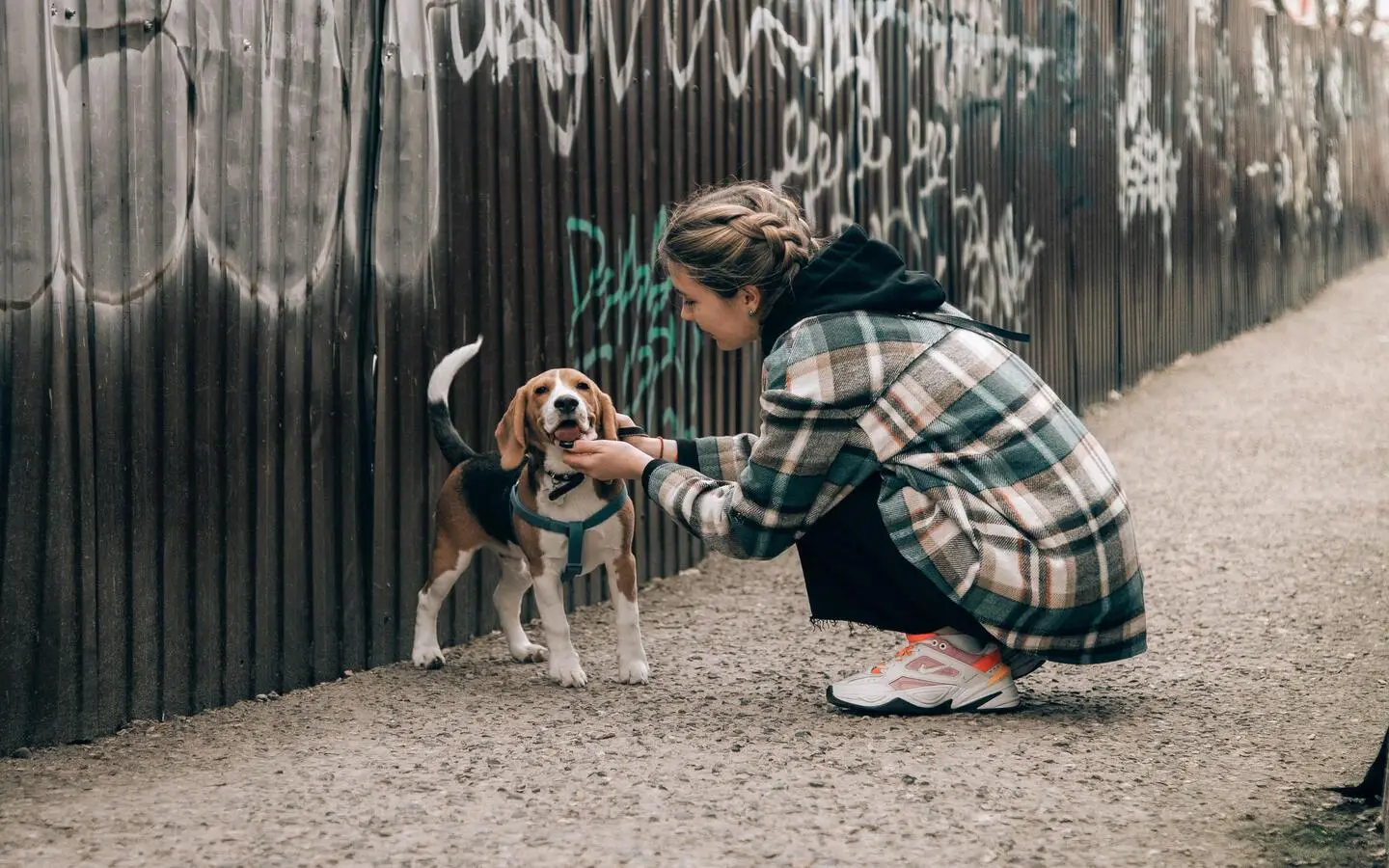The Beagle breed has a rich and fascinating history that stretches back thousands of years. From its ancient origins in Greece to its popularity in modern times, the Beagle Hound has captured the hearts of dog lovers around the world. In this article, we will delve into the timeline of the Beagle’s development, exploring its ancestors, the breed’s evolution, and its journey to becoming one of the most beloved dog breeds today.
Table of Contents
Toggle- Ancient Origins: The Beagle’s Ancestors
- The St. Hubert Hound and the Talbot Hound: 8th Century
- Arrival in England: The Southern Hound and the Beagle
- The Rise of the Pocket Beagle: Medieval Times
- The 18th Century: The Southern Hound and the North Country Beagle
- The Influence of Foxhounds: 19th Century
- The Honeywood’s Beagles: 1830s
- Thomas Johnson and the Development of the Beagle: 19th Century
- Standardization and Preservation: Late 19th Century
- Arrival in America and Recognition by the AKC: 19th Century
- The Beagle’s Popularity and Heritage: Modern Times
- Conclusion
Ancient Origins: The Beagle’s Ancestors
The roots of the Beagle can be traced back to ancient Greece, where small hunting dogs with similar traits to the modern Beagle were used as early as the 5th century BCE. These dogs were prized for their hunting abilities and were often used to chase hare. While the specific details of their development are unclear, these ancient Greek hounds are considered the ancestors of the Beagle we know today.
The St. Hubert Hound and the Talbot Hound: 8th Century
In the 8th century, a scent hound known as the St. Hubert Hound emerged. This hound, which originated in Belgium, played a crucial role in the development of the Beagle breed. From the St. Hubert Hound, another breed called the Talbot Hound was created. These hounds had a mostly white coat and a deep bark, but their slow running speed hindered their effectiveness as hunting dogs.
Arrival in England: The Southern Hound and the Beagle
In the 11th century, the Talbot Hound was brought to England by William the Conqueror. It is believed that the Talbot Hound was then bred with the Greyhound to enhance its running speed. This crossbreeding resulted in the creation of the Southern Hound, which is considered an ancestor of the Beagle. The Southern Hound had a tall and heavy build, with long, soft ears resembling those of the modern Beagle.
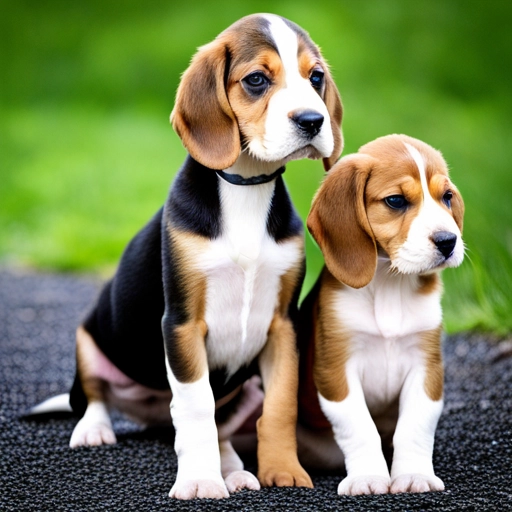
The Rise of the Pocket Beagle: Medieval Times
During medieval times, small hound dogs known as “Pocket Beagles” became popular. These dogs were so small that they could fit into the pockets of hunters, hence their name. King Henry VII and Queen Elizabeth I were particularly fond of the Pocket Beagles and owned packs of these miniature hounds. They were released to continue the chase in dense brush, where larger dogs couldn’t easily navigate. However, by the year 1900, the Pocket Beagle had gone extinct, and all genetic lines were lost.
The 18th Century: The Southern Hound and the North Country Beagle
In the 18th century, two distinct hound breeds were developed for hunting hare and rabbit: the Southern Hound and the North Country Beagle. The Southern Hound, characterized by its tall and heavy build, shared similarities with the modern Beagle, including its long, soft ears. The North Country Beagle, on the other hand, was smaller and had a more pointed muzzle. While it was faster than the Southern Hound, its scenting abilities were not as strong.
The Influence of Foxhounds: 19th Century
As fox hunting gained popularity in the 19th century, the Southern Hound and the North Country Beagle were crossbred with the Foxhound to create a more versatile and efficient hunting dog. The goal was to develop a breed that excelled in both speed and scenting abilities. This crossbreeding resulted in the refinement of the Beagle type and laid the foundation for the modern Beagle we know today.
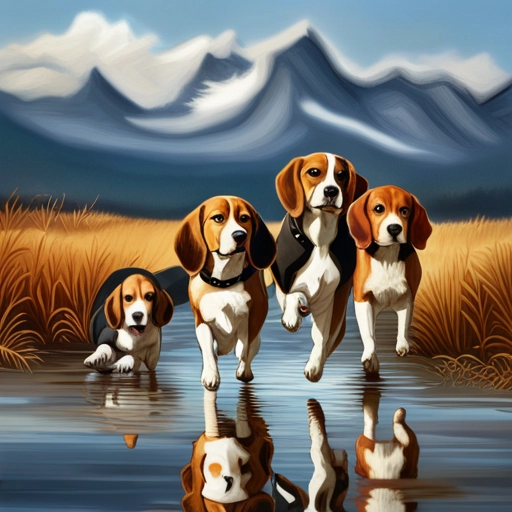
The Honeywood’s Beagles: 1830s
In the 1830s, Reverend Phillip Honeywood of Great Britain established a breeding program aimed at improving the appearance and hunting abilities of Beagles. The exact details of this program are not well-documented, but it is believed that the Honeywood’s Beagles were the first step towards creating the modern Beagle breed. These early Beagles were smaller than their counterparts and had pure white coats.
Thomas Johnson and the Development of the Beagle: 19th Century
Thomas Johnson, another influential figure in Beagle history, worked on producing Beagles with both a pleasing appearance and excellent hunting skills. His efforts led to the development of two distinct varieties of Beagles: one with a rough coat and one with a smooth coat. The rough-coated Beagle, while now extinct, survived until the beginning of the 20th century and made appearances in dog shows as late as 1969.
Standardization and Preservation: Late 19th Century
In the late 19th century, the Beagle Club and the Association of Masters of Harriers and Beagles were founded in England. These organizations aimed to preserve and promote the Beagle breed, working towards establishing a standard type of Beagle. By 1902, the number of Beagle packs had risen from a mere 18 to 44, highlighting the dedication of Beagle enthusiasts to preserve the breed.
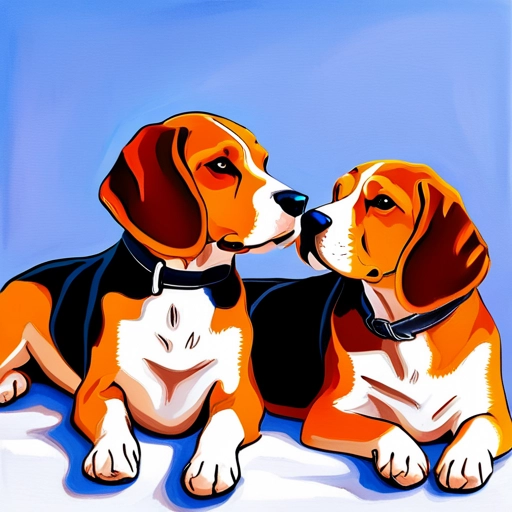
Arrival in America and Recognition by the AKC: 19th Century
In the early 1870s, General Richard Rowett of Illinois imported Beagles from England, laying the foundation for the breed’s presence in America. Rowett’s Beagles served as the models for the first American standard Beagles. The breed gained recognition by the American Kennel Club (AKC) in 1884, solidifying its status as a distinct breed in the United States.
The Beagle’s Popularity and Heritage: Modern Times
Since its arrival in America, the Beagle has grown in popularity and has become one of the most beloved dog breeds worldwide. Its friendly and loyal nature, combined with its low grooming maintenance and wonderful temperament, has endeared it to families across the globe. The Beagle consistently ranks high on the AKC’s registration statistics and continues to be cherished as a versatile and loving companion.
Conclusion
From its ancient Greek origins to its widespread popularity in modern times, the Beagle has come a long way. The breed’s history is marked by crossbreeding, refinement, and the dedication of breed enthusiasts. Today, the Beagle stands as a testament to the enduring bond between humans and dogs, capturing the hearts of millions with its charm, intelligence, and unwavering companionship.
Reference:
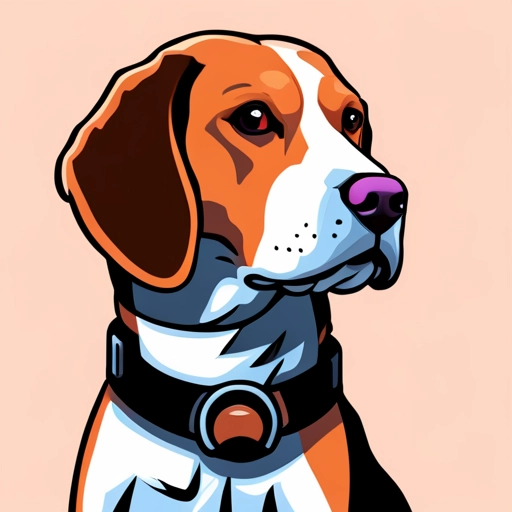
Find Beagle Puppies Around You
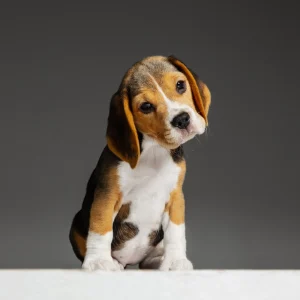
Convinced that the Beagle is a great pet for you and your family? Reach out and get 100% KCI – Kennel Club of India registered puppies.
